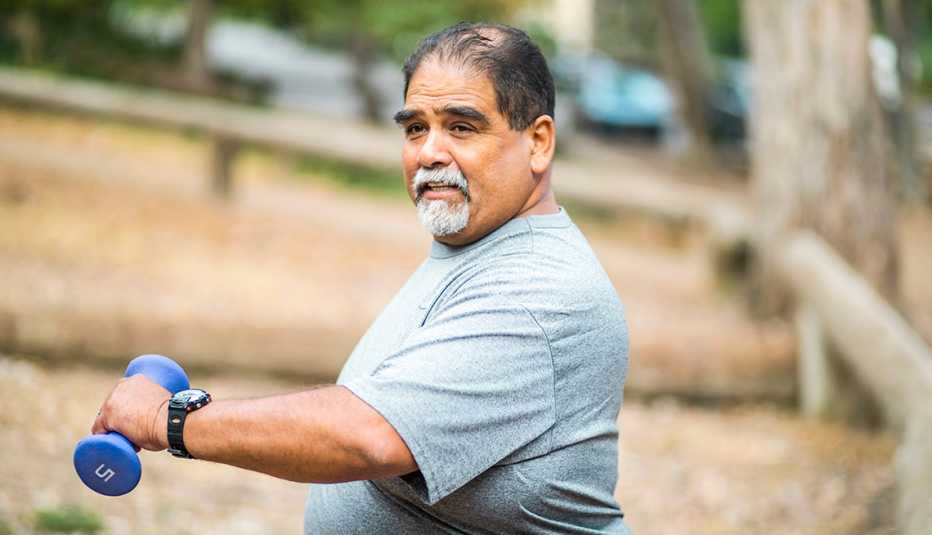Staying Fit
Marci Kenon was shocked when her doctor told her, during a routine exam, that she had prediabetes.
The active 47-year-old always thought of herself as “pretty healthy” — she was studying for her fitness training certification at the time of her diagnosis. What's more, she'd never heard of prediabetes. “Diabetes just hadn't come up for me at all, in any form,” says Kenon, now 54.


AARP Membership— $12 for your first year when you sign up for Automatic Renewal
Get instant access to members-only products and hundreds of discounts, a free second membership, and a subscription to AARP the Magazine.
Approximately 84 million American adults have prediabetes, a condition in which blood sugar levels are higher than normal but not high enough to be diagnosed as type 2 diabetes. And 90 percent of adults with prediabetes don't know they have it, according to the Centers for Disease Control and Prevention (CDC).
Prediabetes increases a person's risk for heart disease, stroke and type 2 diabetes, which can lead to serious health problems, such as vision loss and kidney disease. Kenon did not take her diagnosis lightly. She enrolled in courses to learn more about it and started keeping track of what she ate. The routine blueberry muffin for breakfast was quick to go.
Taking a look at diet as well as physical activity is one of the most important things to do when a patient is diagnosed with prediabetes, says Stephanie Mayer, assistant professor at Virginia Commonwealth University and a physician in the Hunter Holmes McGuire Veterans Administration Division of Endocrinology and Metabolism. Research shows that changes in nutrition and physical activity that lead to weight loss can significantly reduce one's risk of developing type 2 diabetes.
Kenon has managed to keep her blood sugar levels in check through diet and exercise, and she wants to help others do the same. As she tells it, learning what to do to fend off diabetes is one thing; “making the change is the hard part.”
Now a certified lifestyle coach for the National Diabetes Prevention Program (NDPP), Kenon plans to introduce the yearlong course to her Harlem church in January. Offered to people with prediabetes at community centers, businesses and faith-based organizations nationwide, the CDC-recognized program has resulted in a number of success stories since its launch.
Heather Hodge, senior director of evidence-based health interventions at YMCA of the USA, says that, on average, more than 67,000 people who have gone through the program at over 240 YMCA locations that offer it lost 5.7 percent of their body weight and increased their physical activity to 164 minutes per week.


































































